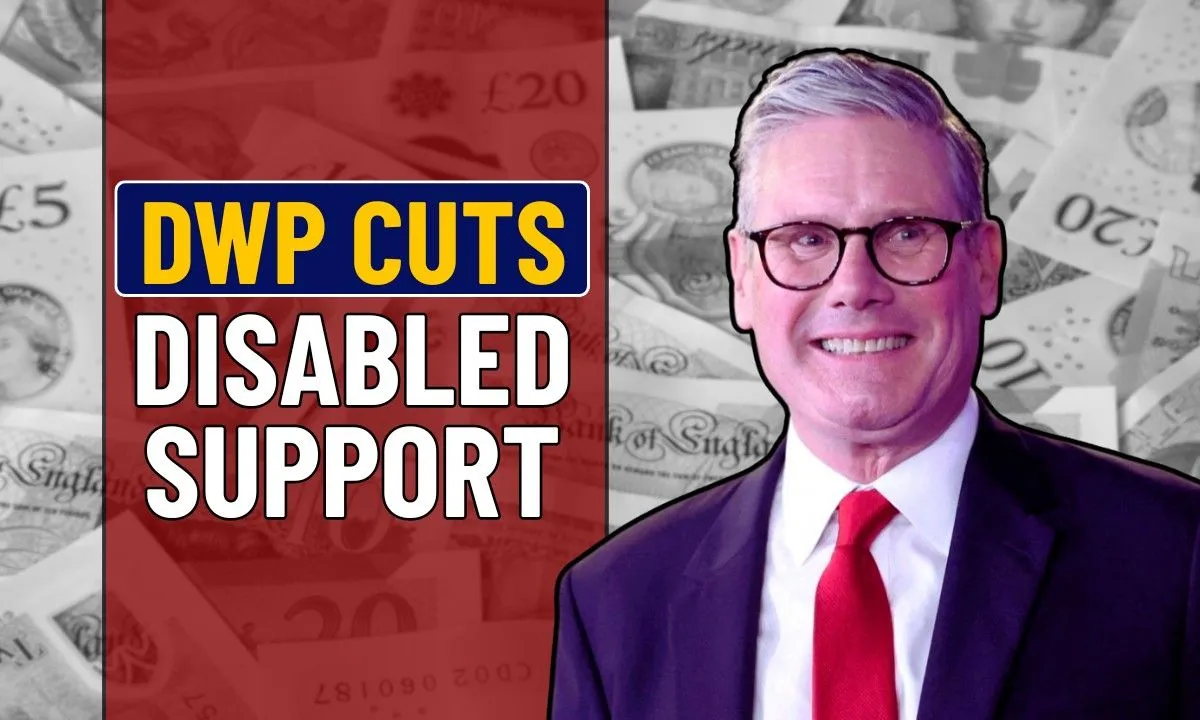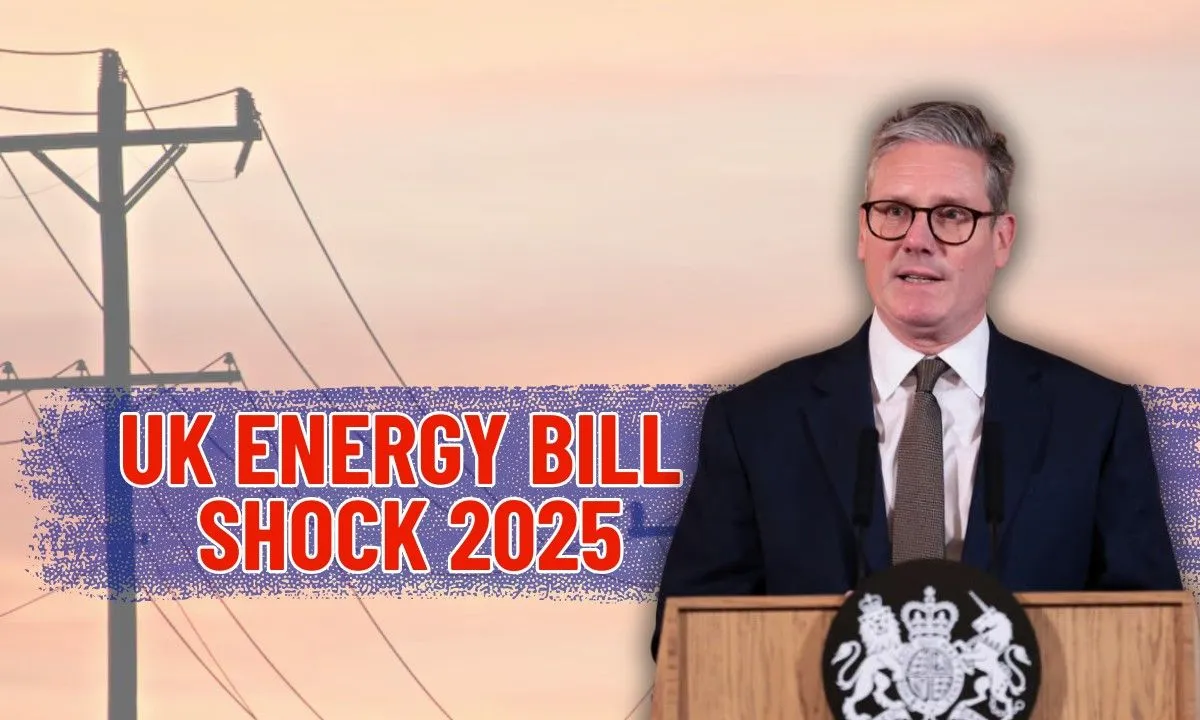The UK Government has confirmed a major increase in the National Minimum Wage and National Living Wage from 2025. This decision, based on recommendations from the Low Pay Commission, will benefit millions of workers across England, Scotland, Wales, and Northern Ireland. The rise is one of the largest in over a decade and aims to help workers cope with inflation and rising living costs while boosting economic activity nationwide.
Table of Contents
Why the Minimum Wage Is Rising in 2025
Every year, the government reviews minimum wage levels to ensure fair compensation in line with inflation, employment data, and living standards. The 2025 increase reflects both economic recovery and the government’s ongoing goal to make work pay. It is designed to strengthen financial security for lower-income families and ensure full-time employees can meet daily expenses without relying heavily on state assistance.
New UK Minimum Wage Rates from April 2025

| Category | New Hourly Rate | Previous Rate (2024) | Increase |
|---|---|---|---|
| National Living Wage (21 and over) | £12.10 | £11.44 | +£0.66 |
| Ages 18 to 20 | £9.10 | £8.60 | +£0.50 |
| Ages 16 to 17 | £6.60 | £6.40 | +£0.20 |
| Apprentice Rate | £6.20 | £5.90 | +£0.30 |
| Accommodation Offset | £9.99 | £9.10 | +£0.89 |
These updated rates will apply to all pay periods beginning on or after 1 April 2025. A full-time adult worker earning the National Living Wage could see an annual income increase of more than £1,000.
Impact on UK Workers
The wage rise will directly benefit workers in sectors like retail, hospitality, social care, and cleaning industries that employ many on low or hourly wages. More than 2.5 million people will receive direct pay increases, while others may see indirect rises as employers adjust salaries to stay competitive. Workers aged 21 to 24 will benefit the most, as the National Living Wage now applies to everyone aged 21 and above for the first time.
Government’s Objectives Behind the Wage Hike
The 2025 minimum wage reform supports several national goals, including:
- Supporting low-income workers by protecting earnings from inflation.
- Promoting fair pay to reduce inequality across industries.
- Encouraging employment and reducing benefit dependency.
- Strengthening the economy through increased consumer spending.
- Helping families achieve financial independence and security.
Statements from Government Officials
The Chancellor described the wage increase as “a commitment to ensure that hard work pays.” He emphasized that this rise will help families build savings and manage everyday expenses. The Business Secretary also called the reform “a fair recognition of those who keep the economy running.” The Low Pay Commission stated that its recommendations balanced worker welfare with the financial realities faced by small businesses.
How Businesses Will Be Affected
Employers, particularly in small and medium enterprises, will face higher payroll expenses from April 2025. Industries with a large number of hourly staff such as food services and care homes may experience the biggest impact. To ease the transition, the government plans to provide:
- Temporary business rate relief.
- Expanded apprenticeship funding.
- Digital transformation grants to improve efficiency.
International Comparison of Minimum Wages
With the 2025 increase, the UK’s £12.10 hourly rate puts it among the highest in Europe. It now stands just below Germany (£12.41) and above France (£11.60). Economists view this as progress toward positioning the UK as a leader in fair pay, though they caution that inflation control remains crucial for sustaining purchasing power.
How the Increase Affects Apprentices and Young Workers
The government’s decision to raise the apprentice rate to £6.20 will encourage more young people to pursue vocational training and skilled trades. Employers are urged to update contracts and payroll systems before April 2025 to remain compliant. This move ensures that early-career workers benefit from fairer pay structures as they enter the job market.
Preparing for the April 2025 Changes
Employers and employees can take several steps to prepare for the new wage rules:
- Employers: Audit payroll systems, plan budgets, and communicate rate changes early.
- Workers: Check payslips after April 2025 to ensure correct payment, and contact HMRC if underpaid.
The Broader Economic Impact
Higher wages are expected to increase consumer spending, especially in local economies. However, economists warn that sustained inflation could offset some of the gains. The government and Bank of England continue to monitor the economic impact closely to maintain stability.
FAQ
- When will the new minimum wage rates take effect?
The updated rates will apply to all pay periods starting on or after 1 April 2025. - Who qualifies for the National Living Wage?
From April 2025, all workers aged 21 and above will qualify for the National Living Wage. - Will apprentices also get a pay increase?
Yes, the apprentice rate is increasing to £6.20 per hour. - How much more will full-time workers earn?
A full-time employee earning the National Living Wage could see an annual increase of over £1,000. - What should I do if I am not paid the new rate?
You should first contact your employer, and if unresolved, report the issue to HMRC for investigation.



